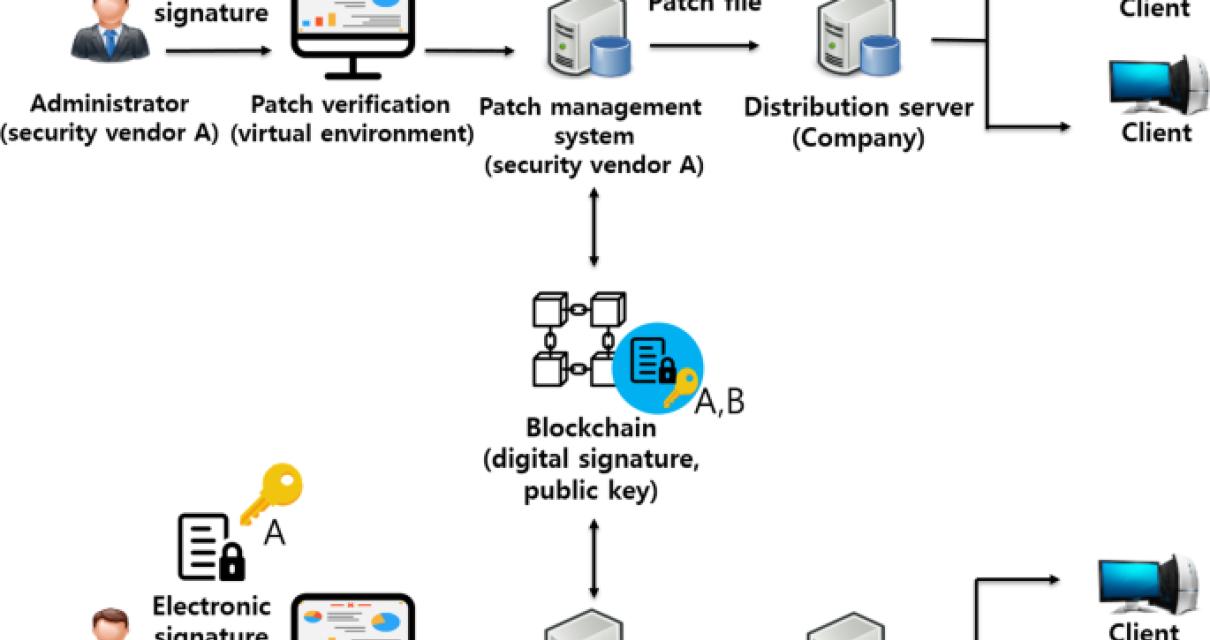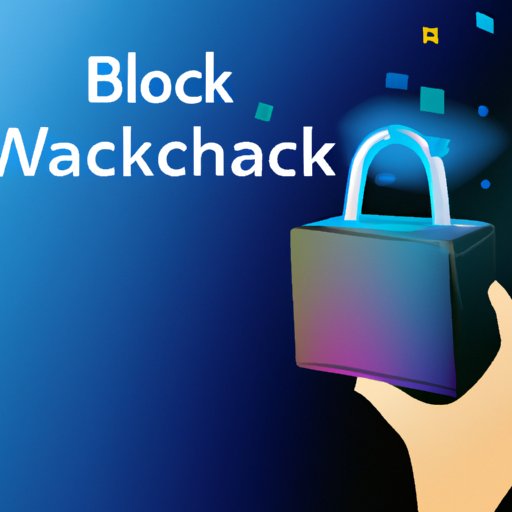In today’s digital age, data security is of utmost importance, and blockchain technology has emerged as a reliable solution. Blockchain, a decentralized ledger that records transactions in a tamper-proof manner, has gained popularity for its security features. However, like any other technology, blockchain is not perfect and can have vulnerabilities that need to be addressed. This is where blockchain patches come in.
A blockchain patch is a software update that addresses a vulnerability or a bug in a blockchain network. In simple terms, it is a fix that prevents potential security breaches or errors that may arise in the blockchain system. Blockchain patches are critical to ensure the integrity of the blockchain network and maintain the trust of its users. In this article, we will explore the concept of blockchain patches in detail and understand their importance in maintaining a secure blockchain ecosystem.
A blockchain patch is a software update that applies to the underlying technology of a blockchain. It is designed to fix bugs or other issues in the system, as well as improve its overall performance. Some of these patches can be quite complex, and require a lot of technical know-how to implement correctly. Other patches are much simpler and can be done quickly.
In some cases, blockchain patches are applied automatically, especially when the blockchain is run on a cloud-based platform. In other cases, they may need to be manually applied. Generally, the process of applying a patch involves downloading the patch, installing it, and restarting the blockchain.

What is a Blockchain Patch?
A blockchain patch is a software update that allows users to modify or upgrade their existing blockchain system. Blockchain patches are typically implemented to address security vulnerabilities, improve system performance, or adapt the system to changing needs. Blockchain patches are usually provided as part of a periodic maintenance cycle, but may also be released in response to a security breach or other urgent need.
Benefits of Blockchain Patches
Blockchain patches provide a number of benefits for users. By releasing patches to address security vulnerabilities, users can be assured that their system is secure and up-to-date. In addition, blockchain patches can help improve system performance, providing users with better performance and reliability. Finally, blockchain patches can help users adapt to changing needs, allowing them to take advantage of new features or technologies as they become available.
How Blockchain Patches Work
Blockchain patches are typically distributed via a centralized repository. The repository holds the latest patch version, which is downloaded and applied to the user’s system. In most cases, the patch is applied automatically, and users can check the repository periodically to ensure that they are running the latest version.
In addition to the centralized repository, blockchain patches may also be distributed through peer-to-peer networks or distributed ledgers. This allows users to quickly and securely download the patch from any node in the network. It also ensures that all users are running the same version of the patch, which helps to prevent incompatible versions from being used. This is especially important for blockchain systems that are used for financial transactions or other sensitive operations.
Frequently Asked Questions about Blockchain Patches
A blockchain patch is a piece of software code that makes changes to a blockchain-based system to improve its performance and security.
What is a Blockchain Patch?
A blockchain patch is a piece of software code that is designed to make changes to a blockchain-based system. These changes can range from bug fixes and security enhancements to performance improvements or new features. A patch is typically used when an existing feature needs to be changed or improved, or when a new feature needs to be added to the system. The code is tested and reviewed before it is released to ensure that it meets the necessary standards.
What are the Benefits of Blockchain Patches?
Blockchain patches can offer a number of benefits to users of blockchain-based systems. By making changes to the underlying code, patches can help to improve the performance and security of a blockchain-based system. This can help to ensure that the system remains up-to-date and secure, and that users can continue to trust the system. Patches can also add new features to the system, which can help to make it more efficient and user-friendly.
How are Blockchain Patches Developed?
Blockchain patches are typically developed by a team of engineers and developers who are experienced in working with blockchain technology. This team will typically review the existing code, identify any potential problems or areas that need improvement, and then develop the patch according to their findings. The code will then be tested and reviewed to ensure that it meets the necessary standards before it is released.
Who is Responsible for Applying Blockchain Patches?
The responsibility for applying blockchain patches usually falls to the provider of the blockchain-based system. This is typically the organization or company that developed the system, or the hosting provider for the system. It is their responsibility to ensure that the system remains up-to-date and secure, and that any patches are applied when necessary.
Are There Any Risks Involved with Blockchain Patches?
Yes, there are some risks associated with applying blockchain patches. As with any software update, there is the risk of introducing new bugs or instability to the system. There is also the risk of introducing security vulnerabilities if the patch is not thoroughly tested and reviewed before it is released. Therefore, it is important to ensure that the patch is tested and reviewed before it is applied, to reduce the risk of introducing any issues.
What is a blockchain patch #blockchaintechnology
In conclusion, a blockchain patch is a critical tool that ensures the security and integrity of blockchain technology. It is a software update that addresses security vulnerabilities and enhances the performance of a blockchain network. With the increasing adoption of blockchain technology in various industries, the need for blockchain patches cannot be overemphasized.
As we move towards a more digital world, the importance of blockchain technology cannot be ignored. As such, it is crucial to have a thorough understanding of the various components and tools that make it function effectively. With the knowledge of what a blockchain patch is, individuals and organizations can take proactive steps to safeguard their data and prevent cyber attacks. The development of blockchain technology is ongoing, and as such, we can expect more innovations and advancements to further enhance its security and performance.




